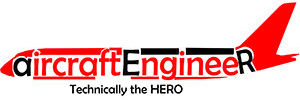Types of fuel pumps
Question Name the types of fuel pumps and explain them.. 1. Gear type Gear type pump is a positive displacement pump which takes on, inlet fuel and rotates in a direction which allows fuel to move between the gear teeth and pump inlet case until fuel is deposited in the outlet. 2. Multi-plunger/ swash plate … Read more
